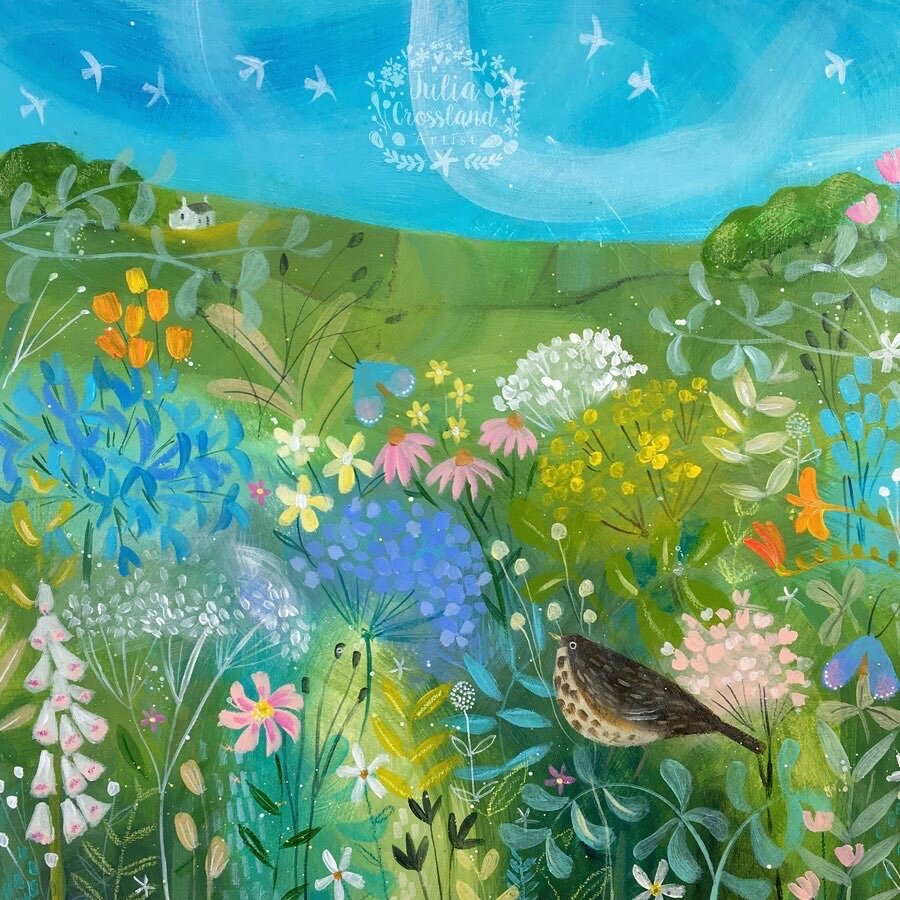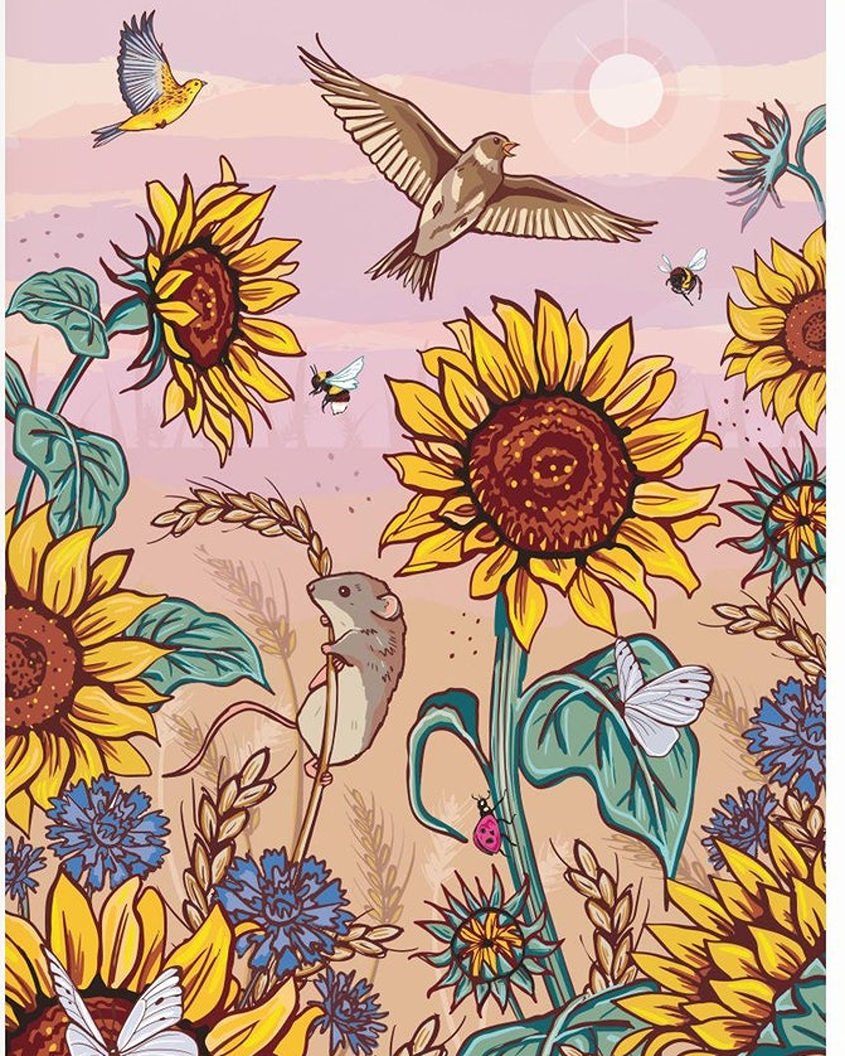All To Know About England’s Frosty Mornings

Frosty mornings in England bring crisp air, shimmering lawns, and a sense of quiet across towns and countryside. Anyone living here will recognise the slippery paths and fogged car windows that greet you on colder days.
Understanding what causes frost, how it forms, and its effects can help you make the most of chilly mornings and stay safe outdoors. Also read about England’s snowy weather.
What Is Frost?
Frost is a layer of ice crystals that forms when water vapour in the air lands on cold surfaces and freezes. You’ll see it sparkling on grass, cars, and rooftops when the temperature drops below freezing overnight.
It’s a clear sign that moisture in the air has settled and turned solid due to the overnight cold. Frost often appears white and crisp, making the landscape look magical but sometimes slippery.
What Causes Frost to Form?
Frost forms on clear, calm nights when the air temperature falls close to or below zero (Celsius). Without clouds, daytime warmth escapes back into space, and surfaces like grass or metal cool quickly.
When these surfaces hit the freezing point, water vapour in the air lands on them and turns straight into ice. Gentle winds also play a part, as strong breezes often prevent frost by mixing the air.
Difference Between Frost, Dew, and Snow

Frost, dew, and snow all form from water but in different ways and at different temperatures. Dew is water droplets that appear when mild nights cool the air, but not below freezing. The moisture stays liquid and sits on surfaces. Frost shows up when it is cold enough for water vapour to freeze straight into ice.
Snow, however, forms higher in the clouds and falls to earth as ice crystals before landing on the ground. So, dew means it’s chilly, frost means it froze overnight, and snow means there’s been a full weather shift.
Frosty Weather in England
In England, frosty mornings are most common from October to March. Countryside areas get more frost than cities because there’s more open space and less heat from buildings and cars.
These cold snaps often bring clear skies and no wind, making the mornings look bright but feel brisk. You’ll know it’s a frosty morning when windows bristle with icy patterns and grass crunches under your feet.
Frost and Plants: Garden Tips
Frost sounds harmless but can ruin plants. When ice forms on leaves, it draws water out of the cells and can cause them to burst. Any moisture inside delicate shoots freezes, stops growth, and makes the leaves wilt or brown.
Some plants survive a light frost by going dormant, but sensitive plants like tomatoes or bedding flowers may not recover. Protecting garden beds with fleece or moving pots into a shed can prevent this.
If planting green spaces, read about pet-friendly gardens and wildlife-friendly gardens. And trees to avoid near horses (including yew, oak and sycamore).
Walking Safely in Frosty Weather
Frosty pavements can be as slippery as ice rinks. Walk slowly and keep your centre of gravity low to avoid falls. Wear shoes with good grip (trainers often work better than smooth boots), and use handrails when going down steps.
Paths in parks and side streets freeze faster than busy roads, so step carefully in less-used areas. If you use a stick or walking aid, make sure the tip is non-slip.
How to Defrost Car Windscreens
Rather than use toxic de-icing sprays, there are other solutions:
- Park your car undercover!
- Use a windscreen cover overnight (an old car mat will do).
- Use a manual scraper (as long as you don’t wake the neighbours).
- Park your car facing east (the early morning sun will melt the ice).
- Rub an onion on the windscreen the night before. The oil lines the glass, to stop freezing (keep onions away from pets).
Don’t use hot air inside cars, if babies/dogs are with you. Antifreeze is lethal to pets & wildlife, so let your mechanic change it in an enclosed space.
If you do change it yourself, use a funnel (as with oil) and use sand or kitty litter to absorb spills (don’t mop).
Try using a mix of water and vinegar (plain white vinegar works best). Spritz your window before bed or first thing in the morning, and the ice usually comes away with just a few swipes. Make sure you don’t use hot water, since it can crack the glass. A kitchen spatula also works in a pinch if you’re without a scraper.
Words for the Frosty Season

A Winter Dictionary is ideal bedtime reading, as the nights drawn in and the cold descends. Learn an incredible array of words that superbly capture this season!
The author delves into the origins of these rare, fascinating and forgotten words, opening up a whole new way of describing the winter months:
- Frost-dogs (tiny frozen particles of falling snow)
- Stepmother’s breath (a sudden cold snap!)
- Hibernaculum (a refuge in winter months)
- Blewse (a hazy autumn mist)
- Chibbly (frosty ground that cracks)
- Snerdling (snuggling together for warmth)
- Barflogging (slapping arms on side, to keep warm!)
- Powl (leave work early, to go to the pub)
Whether you are keeping cosy in front of the fire, warding off the winter blues or throwing yourself into the party season, this is the perfect way to while away snow-laden days!
Big Eye (the wide open eyes of a sleepless person):
This term was invented by insomniac polar scientists, struggling to deal with prolonged night and day in Antarctica. The seasonal change may not be quite so severe in our part of the world.
But it can still be discombobulating to find the sky completely dark at 4 o’clock in the afternoon. And still just as dark at 8 o’clock the following morning.
Paul Anthony Jones is the author of several books on language, and writes for The Telegraph an both Oxford and Cambridge online dictionaries. He lives on Tyneside.





